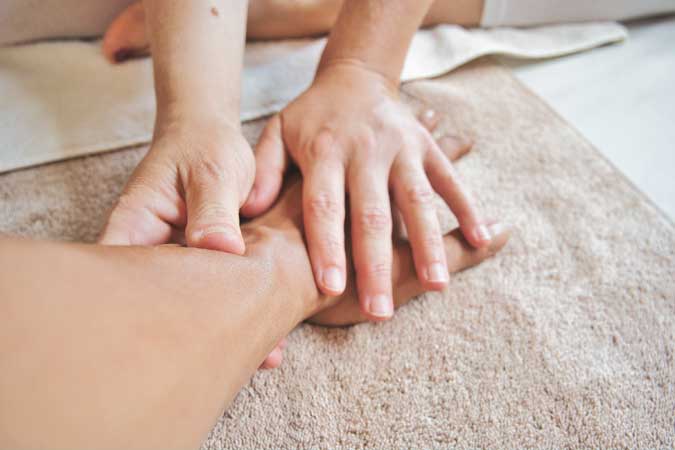THOUGH STROKE recovery starts in an in-patient setting, or once a patient is stable enough to undergo bedside rehabilitation, the first six months afterward — known as the maximal recovery phase — are crucial in regaining mobility, according to specialists from Cardinal Santos Medical Center (CSMC) at a webinar on movement-related pain in July.
“Pain, weakness, and immobility are the foremost reasons a patient is referred to rehabilitation medicine,” said Dr. Eric Sherwin T. Basuil, Chairman of CSMC’s rehabilitation medicine department. “Often each of the three would lead into the other and together would form a vicious cycle that would prevent the patient from functioning optimally.”
Last year, stroke was the second leading cause of death globally, accounting for 11% of deaths, according to a 2020 report by the World Health Organization. In the Philippines, cerebrovascular diseases, which include stroke, were the third leading cause of death in 2020, accounting for about 59,700 deaths or 10.4% of the total, based on a 2021 report by the Philippine Statistics Authority.
ADDING LIFE TO YEARS
Rehabilitation is important for post-surgery recovery of any body part immobilized after a procedure. Therapeutic interventions that can help include medicines, exercises, physical modalities like temperature and electroshock, orthotics that protect or stabilize certain body parts, or prosthetics which replace limbs, explained Dr. Basuil.
“There’s also what we call neuroplasticity. Our body is very adaptive, so even after months or years pass, we still expect recovery from the patient,” added Dr. Romil M. Martinez, an active consultant of the rehabilitation medicine department, on the importance of maintaining rehab after a stroke or surgery.
Juan Rafael “Nico” C. Montaño, a 21-year-old patient, discovered he was unable to open his right hand after he had surgery to remove a tumor in his spine that caused unbearable neck and back pain.
Taking Dr. Basuil’s advice, Mr. Montaño went to CSMC thrice a week for rehab sessions with physical therapists who guided him through exercises that would allow him to open his hand and get grip strength back. “With their help, I was able to [recover], and now I’m able to open my hand,” he said.
Physical therapy is about keeping the patient moving, whether it’s through simple home exercises or with the help of equipment in a rehabilitation center. A specialist can give instructions and create a program so the joints regain range of motion, said Dr. Martinez.
“[Physical therapists’] primary concern is with movements, making your muscles strong and stretching the limbs,” he added, emphasizing the need to work towards better mobility. “It’s really just movement, stretching, and a little bit of exercise.”
For post-stroke patients, problems may include writing, eating alone, or grooming and clothing oneself, which occupational therapy can address with activities to develop independence. Meanwhile, those whose speech was affected can get speech therapy, which helps strengthen oral muscles with tongue exercises for better vocalization or swallowing.
CSMC’s rehabilitation facilities include upper extremity robotics services that allow patients to receive contactless therapy during the pandemic. “Medicine may add years to your life, but rehabilitation medicine adds life to those years,” said Dr. Basuil. — Brontë H. Lacsamana

